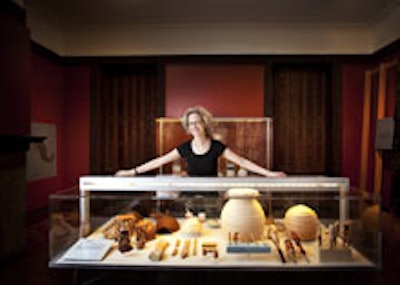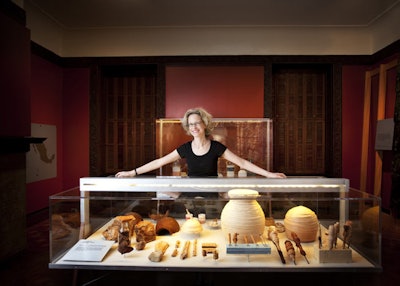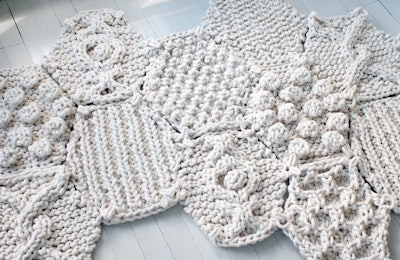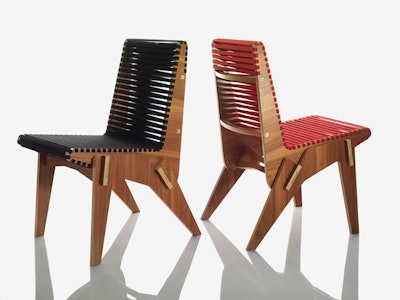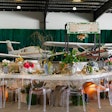The exhibit “Design for a Living World” at the Cooper-Hewitt, National Design Museum in New York focuses on the work of 10 top designers (including Yves Behar, Maya Lin, Isaac Mizrahi, and Hella Jongerius), who were commissioned to create products made from sustainable materials from various regions. Even the show's installation makes use of green practices. We talked with co-curator Ellen Lupton about what eco-friendly design really means. The exhibit is on view at the museum through January 4, 2010, and then it travels to additional U.S. locations.
What are some common misconceptions about green design?
Green design has become a huge term that encompasses nearly anything—from herbal shampoo in a green plastic bottle to genuine innovations in solar energy. Designers, marketers, manufacturers, and inventors are looking at sustainability from every possible angle. Some of it's legitimate, and some of it's just green-washing. Almost all of it involves compromise, and I believe that the future of sustainability will necessitate give and take.
Is there something you learned from the exhibit that you didn't already know?
I learned a lot. For example, there's a whole area of non-timber forest products, such as cocoa, chicle latex, bamboo, and jipijapa, a fiber made from palm leaves. These materials come from the forest, but they aren't wood. Cocoa is an extremely valuable non-timber product that comes from a tree that grows in the shade of other larger trees. So in order for people to grow a viable cocoa crop, they also have to maintain a diverse, healthy forest.
How can event planners practically approach green design for their projects?
Event planners can think about materials such as palm fibers and bamboo, which are made into plates and other objects. I think that event planners have always been seeking to make maximum use of minimal materials—such as using draperies and lighting to shape space rather than built walls. The more we can all do to avoid throwing away valuable materials, the better.
What is the most important lesson viewers should take away from the exhibition?
All materials come from some place. There are no truly raw materials. Many consumers think that natural materials such as wood or leather are the answer, but it all depends on how these things are harvested, shipped, processed, and sold.
